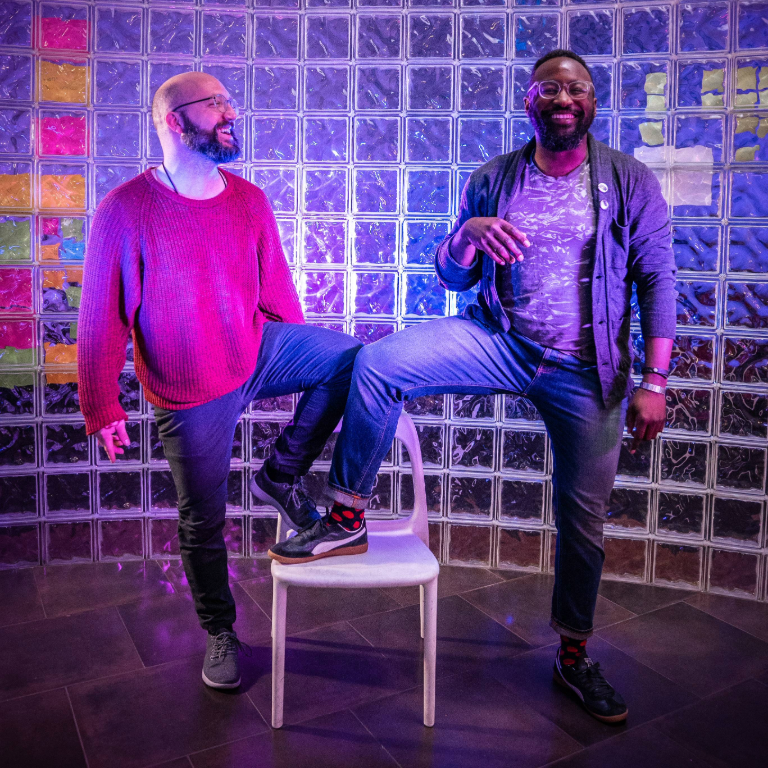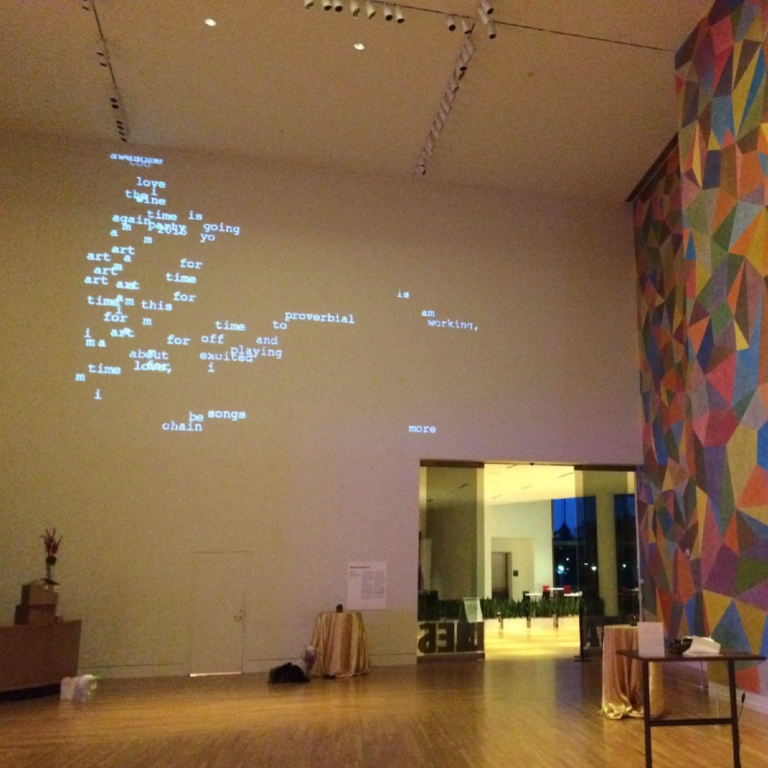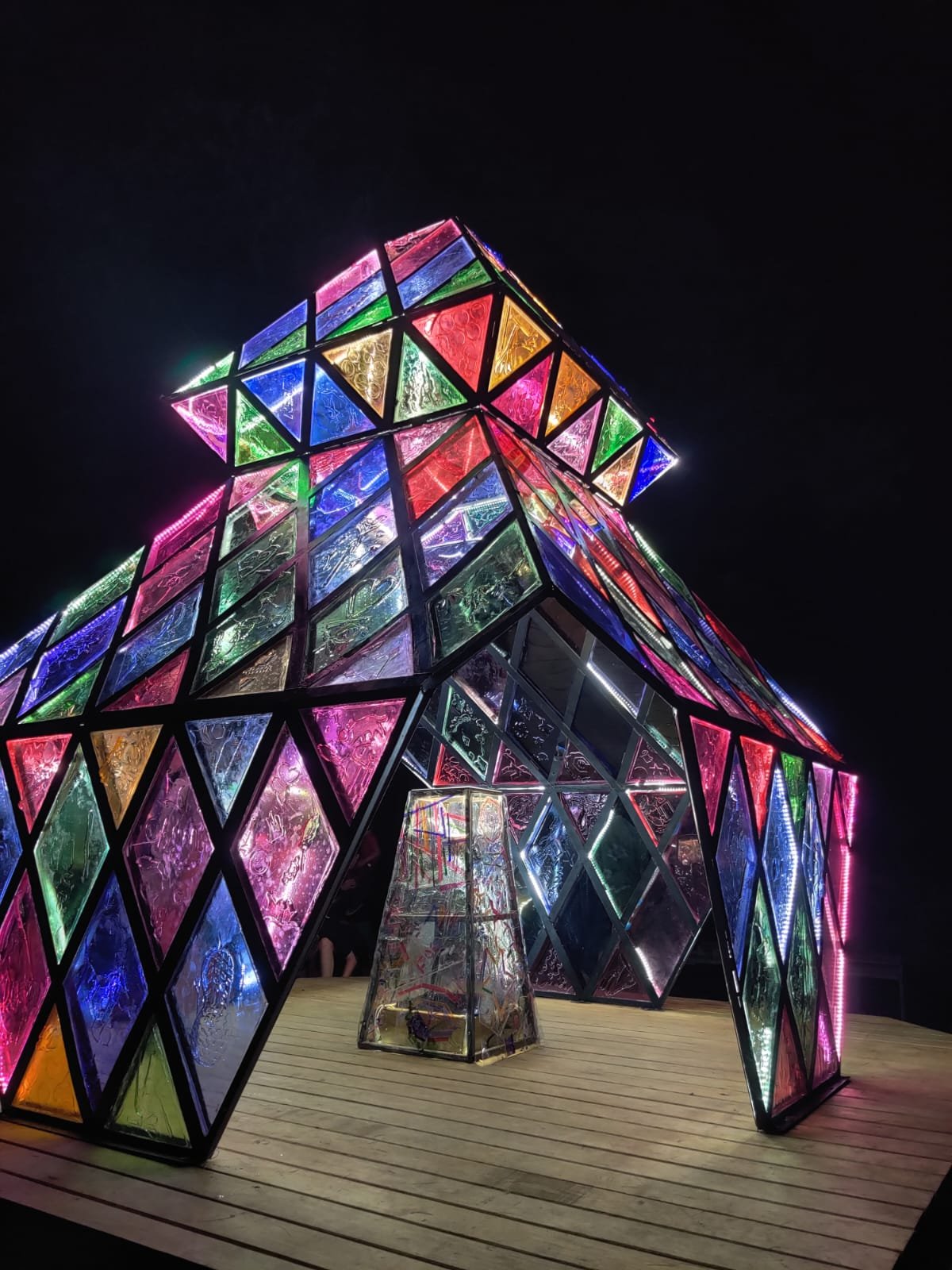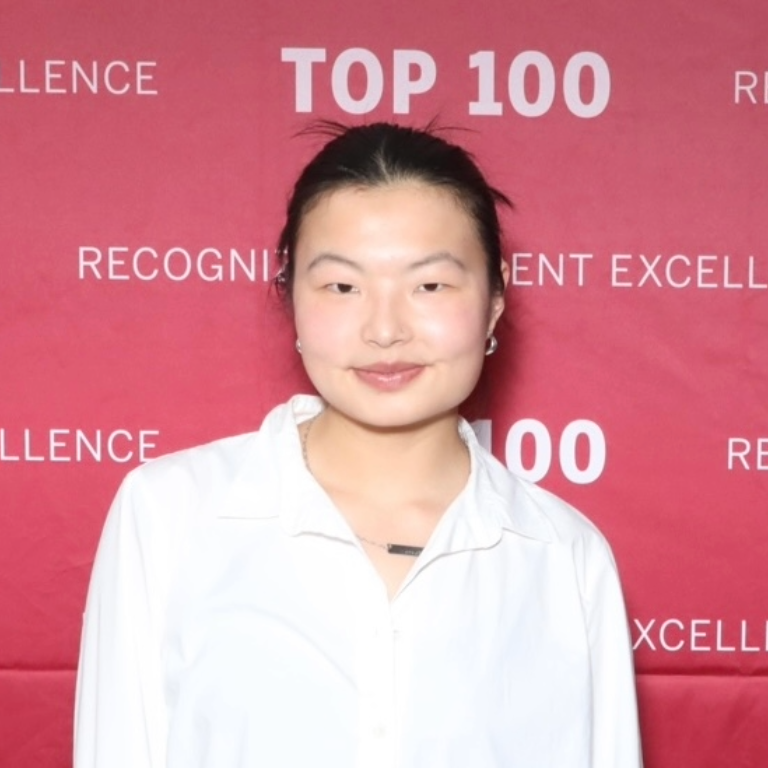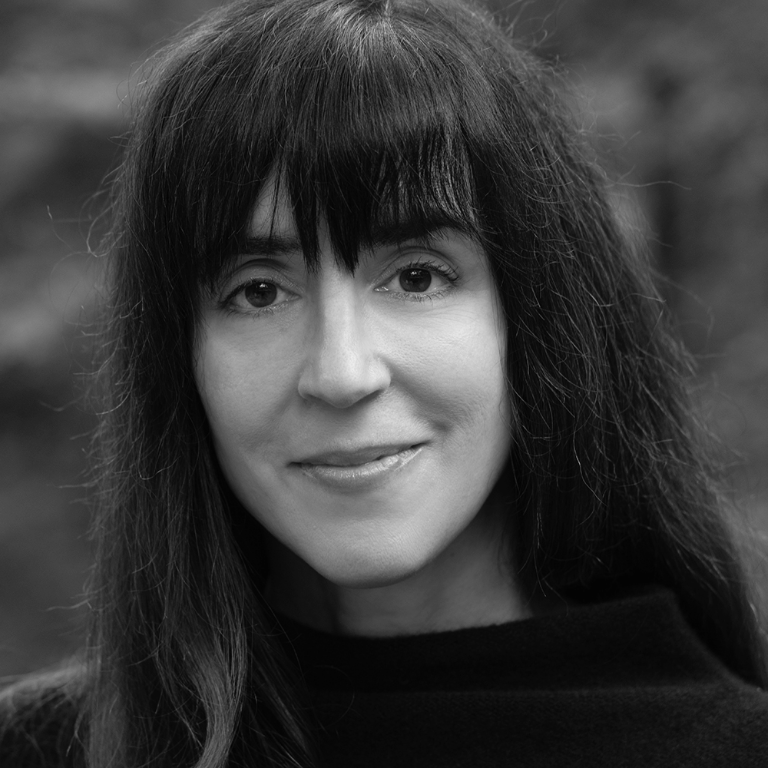Collaboration is at the heart of AMPL Labs, a creative studio founded by inventors and self-described professional play enthusiasts Mayowa Tomori (M.S. Music Technology '15) and Michael Runge (B.A.E. Art Education '10). Their whimsical and inventive installations combine technology and art to instill in their audiences a sense of delight and wonder. Each project they undertake requires them to make the most not only of their own varied skillsets, but also the talents of their collaborators.
HERRON: What is AMPL Labs all about?
MAYOWA TOMORI: We believe that play connects and heals community. We design unforgettable interactive experiences that bring people together and the way we do that is by merging physical art installations with technology to create playful experiences that are interactive, accessible, and magical.
HERRON: Do these experiences happen primarily at art galleries and museums? Do you sell these experiences?
MAYOWA TOMORI: We do all those things. The first project Michael and I completed was for the Indianapolis Museum of Art [now Newfields]. They brought us in to activate a few spaces for their New Year's Eve party. It was meant to be playful and interactive: the first room was essentially a projection-mapped space that responded to people as they walked through. We also turned the entrance into a musical instrument that you could play with your body.
MICHAEL RUNGE: This was a New Year's Eve party and we wanted people to write their out their thoughts or resolutions. The concept was that you write this idea down and then it's off into the ether. Mayowa figured out how to hack an old typewriter and turned it into a digital keyboard that projected onto the wall. So whatever people wrote would be projected onto the wall and then after several seconds, the words started to dissolve and float into all the other words that had been written throughout the night, so it was this swirling mass of words and letters that everybody was contributing to.
MAYOWA TOMORI: We allowed all kinds of people to write on the walls of the museum; you didn’t have to be an artist. We turned a simple prompt, “What are you looking forward to?,” into a chance for community activation and participation.
And actually, I didn’t do any of the tech. I just connected some pieces. We hired one of my professors to write the code that did all the display and stuff. It was early machine-learning magic. Michael put together the typewriter from a kit that we bought from a dude on the Internet.
MICHAEL RUNGE: I think that's a common theme in a lot of our projects—we have a concept that we know enough about to get started. But we have to build a different team each time depending on what needs to happen. We’ll bring in different professionals and experts in those fields because we know enough to talk to them and explain what we're after, but not necessarily enough to do it. Mayowa and I work together but the support we get changes based on what's needed.


